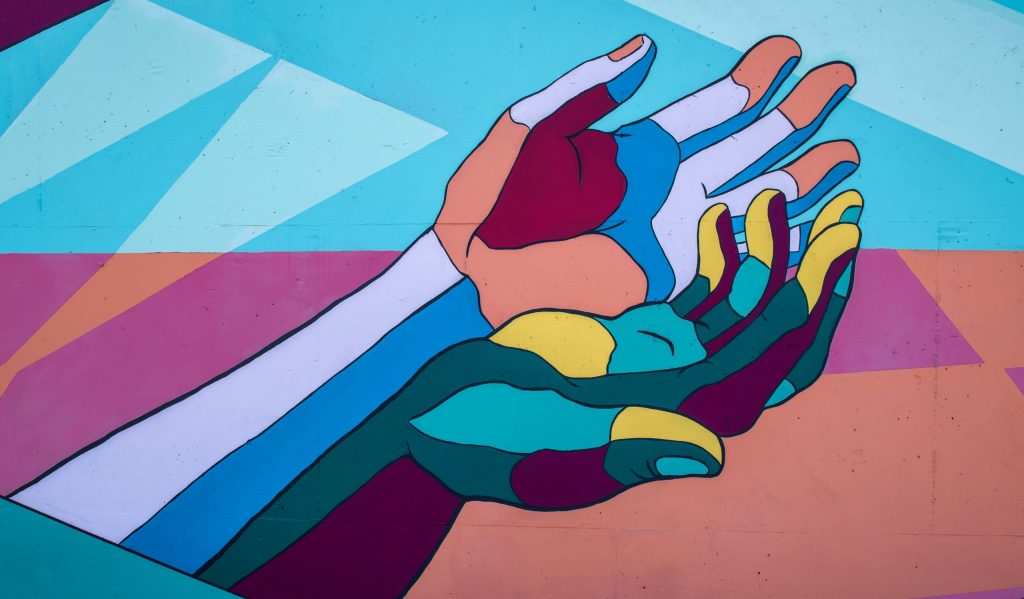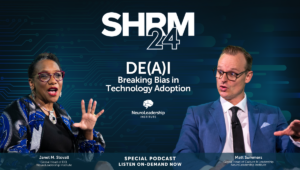Following the May 25 murder of George Floyd, racial justice has become a vital issue in American workplaces—especially as an adjacent crisis, the COVID-19 pandemic, has destroyed many boundaries between our personal and professional lives. When we’re all taking meetings from our dining room tables, the personal is the professional.
That’s probably why, in wrestling with the question of how to show up for your team members, you’ve added terms like allyship to your vocabulary.
If so, you’re in the progressive minority. According to our survey data, just 23% of 644 respondents said their organization was dedicating resources to allyship. An equal portion didn’t know well enough to say. Part of the challenge is that very few people actually know how to act as an ally: In a separate survey NLI ran with 1,368 respondents, 39% were only somewhat sure and 36% admitted they were unsure or simply didn’t know at all.
One way of interpreting the data is that people simply lack the clarity to make informed decisions. So it may help to explain how allyship works by situating it beside a more well-known concept: inclusion.
Allyship and inclusion
NLI defines allyship as when people are aware that aspects of their identities hold more power and influence than aspects of others’ identities, and use their advantaged position to advocate for people in less advantaged positions.
What that means is that allyship isn’t just about being aware of issues, being friends with people of color, or attending one protest. Allyship is a practice of uplifting others who haven’t enjoyed the advantages you’ve enjoyed.
It’s the white, female manager advocating for her black, male employee. It’s the black, female executive advocating for the white, male middle-manager taking care of two elderly parents. And it’s the unmarried analyst advocating for his married boss with two younger children.
It may be tempting to think that simply hosting a town hall or asking more people of color for their opinion counts as allyship. After all, both offer some advantage to a less advantaged group. However, they don’t go far enough to meet the standard for allyship.
These kinds of action would actually qualify as inclusion, which we define as the act of valuing someone’s input, idea, perspective, point of view, or contribution. It’s wanting to hear what someone has to say, and believing that it will add to the quality of the decision. Inclusion can, and should, exist between people regardless of individual advantages.
In a perfect world, allyship is a form of inclusion, but one that then evolves into advocacy. It’s about taking the insights generated from that town hall and those listening circles to create real change.
In short, while inclusion efforts get people asking important general questions—for example, “Who has been excluded the most, and how can I bring them in?”—allyship involves using those answers to build specific habits, such as creating opportunities for upward mobility and lifting people’s voices.
These nuances may be slight, but they are important. They represent a fuller understanding of how a team might not have always acted in everyone’s best interest—and then they work to correct those imbalances, to everyone’s benefit.
[action hash= “a970c252-bb22-42f5-94a3-b51b4777ca4a”]






